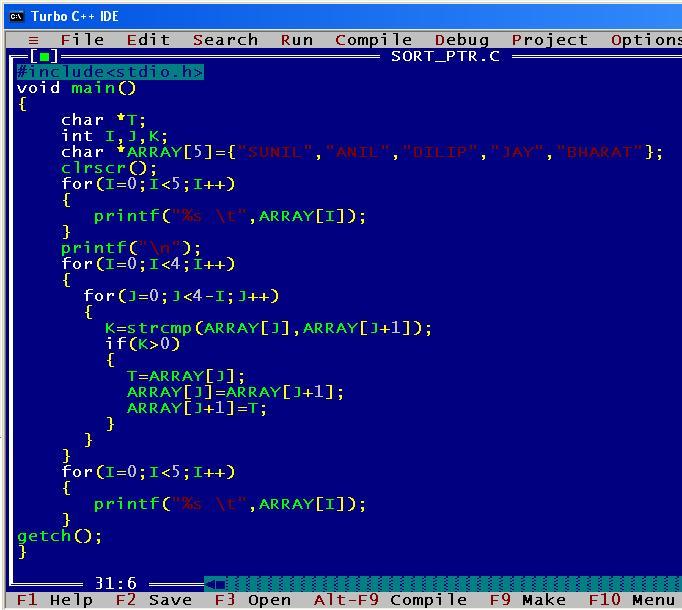

All the top makers of synthetic core strings have done extensive r&d, attempting to match all the best attributes of gut strings, without the two major drawbacks: a long break in period and the short lifespan. Synthetic core strings have had interesting and positive advancements over the past 10 years. Lead industry standard for many players, including professionals. The major drawback is they go out of tune directly with any pronounced bow pressure and lack dynamic control. Steel core strings also have a short break in period (1-2 days) and a long lifespan of around three to six months - or more. Notable features are a bright and louder tone. Steel core come in at the most affordable on this list. They have an extended break in period (one to two weeks) and short playtime (one month of regular playing) for the value of its superior projection, dynamics, and tonal complexity.Īimed traditionally at beginners or country and electric violin players that want a compressed or louder volume output. The most expensive and regarded as the finest of strings, professionals who don't mind a premium price generally use the gut core strings. Strings are part of the big picture that all come together to shape the sound and response of the violin. Therefore, we will begin learning major and minor scales before we go on on explaining other types of scales.String Theory: A Simple Breakdown and Guide to Violin Strings Once we explain major and minor scales, it will make sense. As a result, C ended up being used as the first letter of a major scale. This is because when it was decided to to use A, B, C, D, E, F, G to represent a minor scale (which we will explain later). Now, you must be asking why do we start with C and not A. Notes are represented as C, D, E, F, G, A, B, C. Here in America, we use the first seven letters of the alphabet. Traditionally, notes are named as Do, Re, Mi, Fa, Sol, La, Ti).

For this, we will begin by explaining music scales, chords and rhythm. Here, will will explore a simpler way of representing music by explain more simple ways to understand it. However, we will recommend ways to learn traditional music theory in details, if that is what you would like to learn. We will explore the traditional way of representing music, but we will not go into details. Over the years, new ways have been evolving to make it easier to represent music structure of a song or composition. Traditional music theory, is the way most countries are able to share their musical ideas. In other words, musicians can use this system for other to be able to interpreted in the same way or a different way. It is the system used worldwide, to communicate how sounds and beats create music. Guitars, Violins, Harps, Bass Guitars, etc.įlutes, Clarinets, Saxophones, bagpipes, etc Below is a list of examples for different categories. We can not mention every single musical instruments but we can name a few different one in its own category. There are literary more than 1,500 musical instruments in existence. You can choose to use anything to make music, or the traditional ones sold at the stores. There is no need to use actually use musical instrument, but for the most part, it is what is used to produce music. When you hear music, you will hear a rhythm different types of sounds in different frequencies. Music is a collection of sounds in different tones and beats. Music has existed for many many years, before music theory did.


 0 kommentar(er)
0 kommentar(er)
